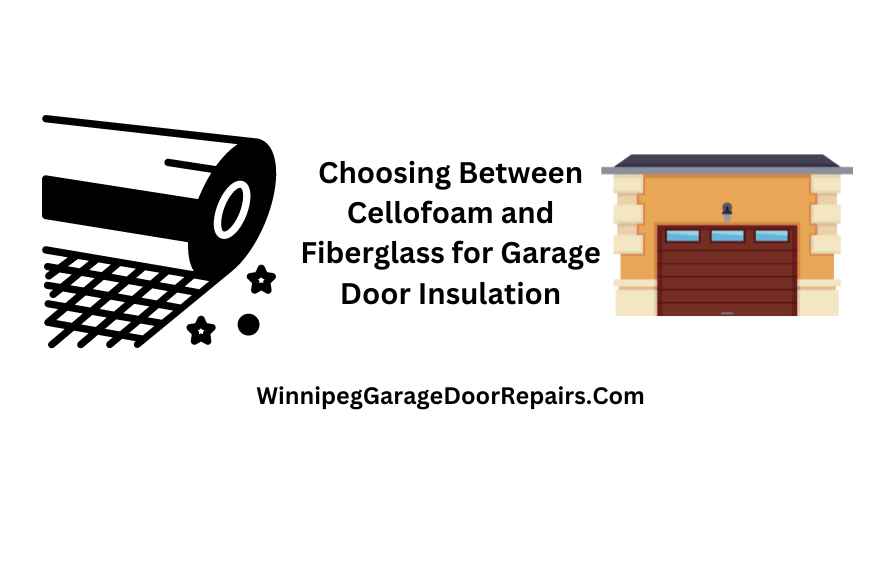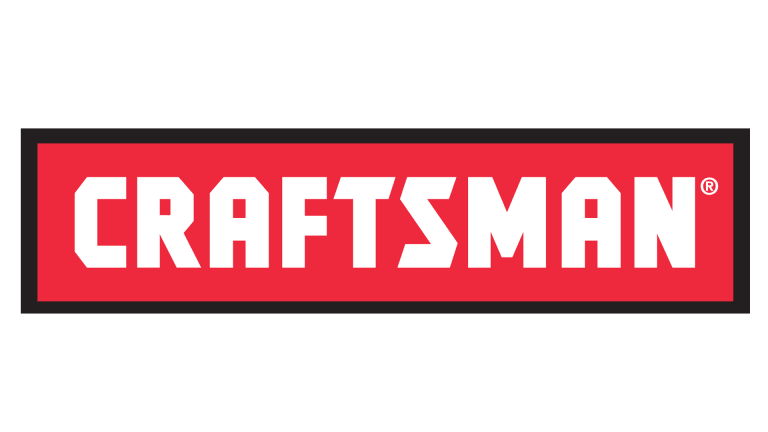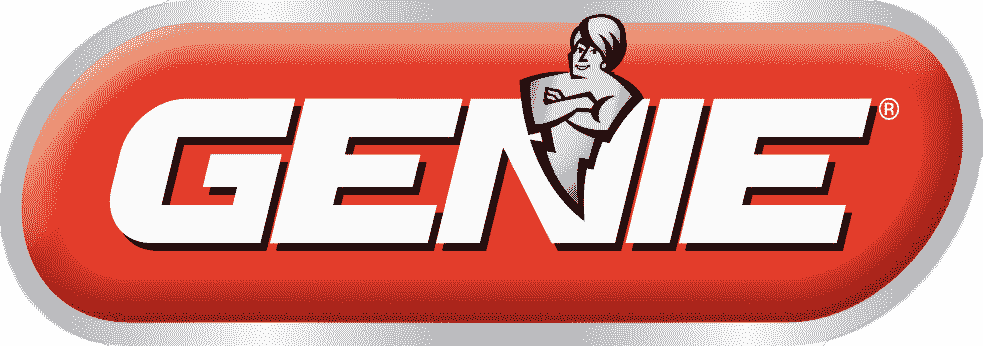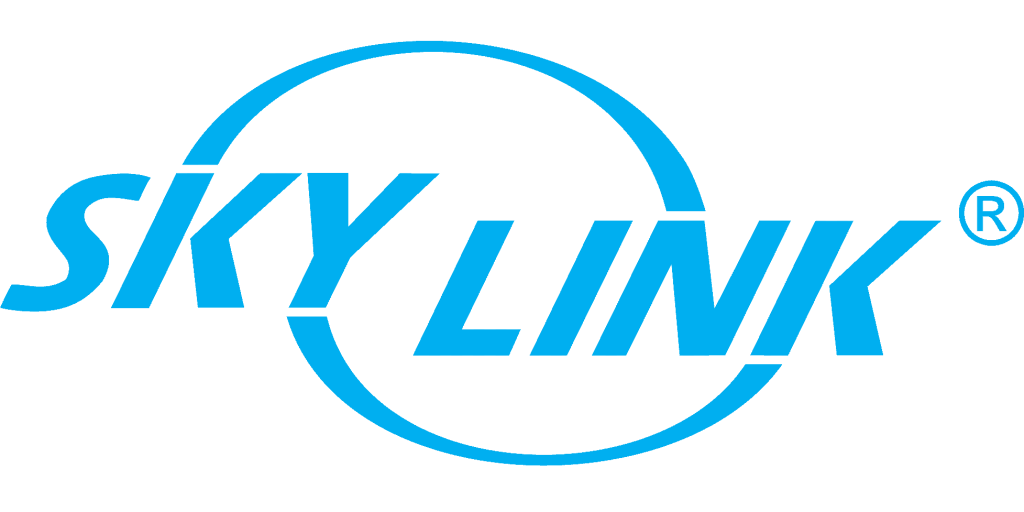Insulating your garage door is a pivotal step toward enhancing your home’s energy efficiency and comfort, especially in climates like Winnipeg’s. Considering garage door insulation panels installation in Winnipeg, you have options like Cellofoam and Fiberglass. Each material offers unique benefits for temperature control, aligning with environmental concerns, budget, and energy savings goals. Let’s explore what makes each option ideal for your needs.
Comparison Criteria Revisited
To choose the right insulation, consider these expanded criteria:
Thermal Efficiency (R-value)
- Cellofoam offers a decent R-value that suits mild to moderate climates. Its performance is reliable, but it may not provide the same level of thermal resistance as Fiberglass in extremely cold environments.
- Fiberglass boasts a higher R-value per inch, making it superior in terms of blocking heat flow. This makes it an ideal choice for those in areas with significant temperature extremes, offering better energy savings in the long run.
Ease of Installation
- Cellofoam’s panels are straightforward to install. They can be cut to fit the specific dimensions of each garage door panel with basic tools, making them a favorite among DIY enthusiasts. This type of insulation not only improves energy efficiency but also helps regulate temperature, leading to potential savings on heating and cooling costs.
- Fiberglass requires more care during installation due to its fibrous nature. It often comes in rolls that need to be measured, cut, and fitted into place, sometimes necessitating a support structure to hold the insulation in place securely. While effective, it’s essential to note that proper insulation can lower your utility bills over time, making it a worthwhile investment for homeowners looking to reduce energy expenses.
Durability and Longevity
- Cellofoam is impervious to moisture, which helps in preventing the growth of mold and mildew. Its structural integrity remains consistent over time, ensuring long-lasting insulation performance.
- Fiberglass, while generally durable, can sag or lose its effectiveness if exposed to moisture. Proper installation and sealing are crucial to maintaining its insulative properties over time.
Cost-Effectiveness
- Cellofoam is often more affordable upfront, making it an attractive option for budget-conscious homeowners. However, its lower R-value might mean less energy savings compared to Fiberglass.
- Fiberglass, though potentially more costly initially, can offer significant energy savings due to its higher R-value. This can make it a more cost-effective option in the long term, especially in regions with harsher climates.
Environmental Impact and Indoor Air Quality
- Cellofoam’s production and disposal raise environmental concerns due to its petroleum-based composition. However, its lightweight nature reduces transport emissions. When considering the size of garage doors for insulation panels, Cellofoam’s lightweight property can ease the installation process, reducing the overall environmental impact.
- Fiberglass insulation’s manufacturing process is more energy-intensive, but it often includes recycled materials. The potential release of fibers into the air during installation requires careful handling and protective gear to safeguard indoor air quality. It’s important to choose the right size of garage doors for insulation panels to ensure efficient energy usage and environmental sustainability.
Making the Decision
When choosing between Cellofoam and Fiberglass for your garage door insulation, consider the following:
- Climate: Fiberglass is better suited for extreme temperatures, while Cellofoam works well in milder climates.
- DIY vs. Professional Installation: Cellofoam is easier for DIY projects, but if you’re open to professional installation, Fiberglass can be a robust choice.
- Budget and ROI: Consider both the initial cost and potential energy savings. Fiberglass may offer better long-term savings in harsh climates, while Cellofoam is more budget-friendly upfront.
Conclusion
The decision between Cellofoam and Fiberglass insulation for your garage door hinges on a balance of cost, climate, ease of installation, and environmental impact. By carefully weighing these factors, you can choose the insulation material that best fits your needs, enhancing your home’s energy efficiency and comfort for years to come. Remember, the right insulation can transform your garage into a more inviting space, contributing to overall energy savings and a reduced carbon footprint.







